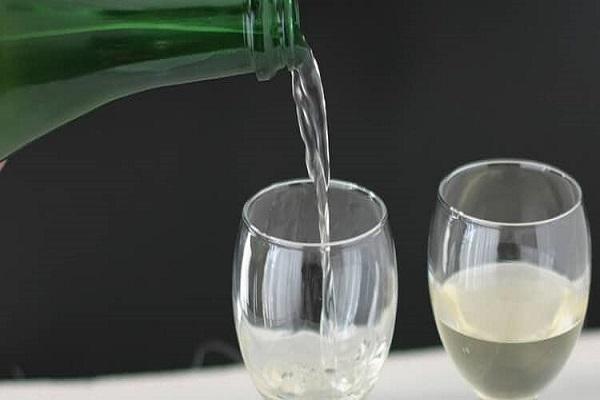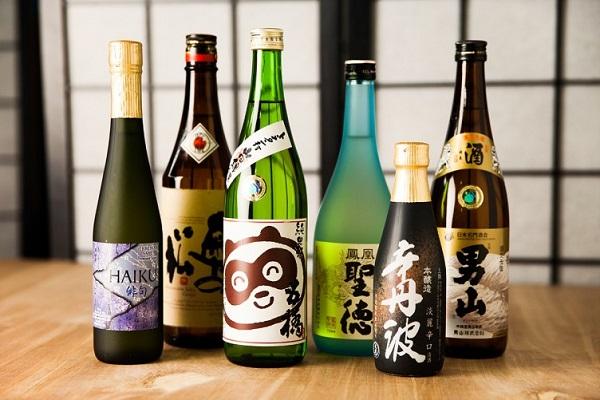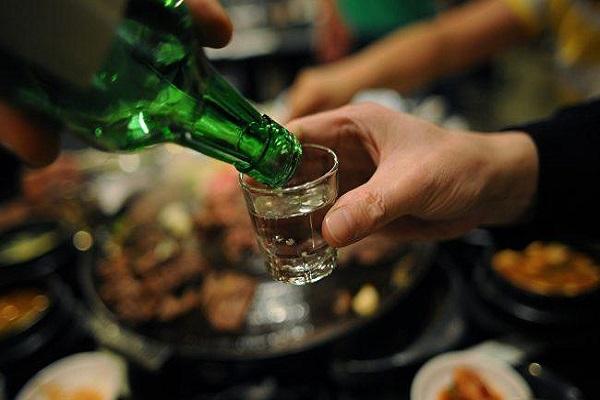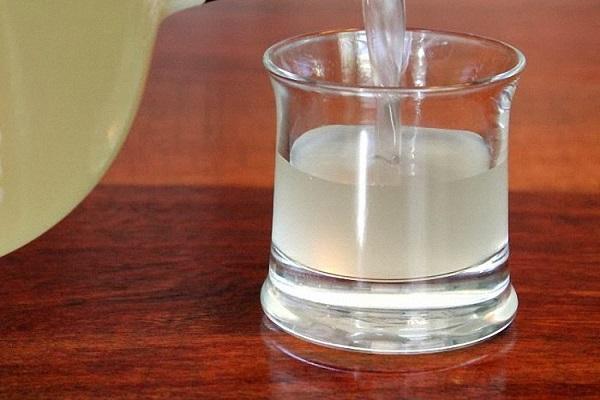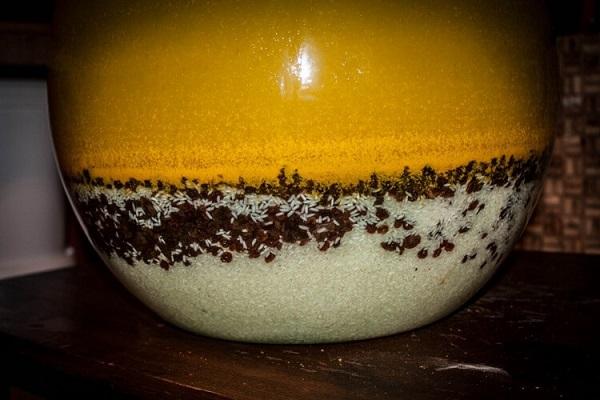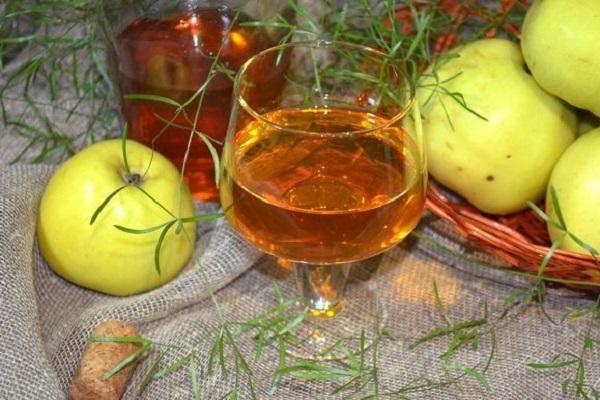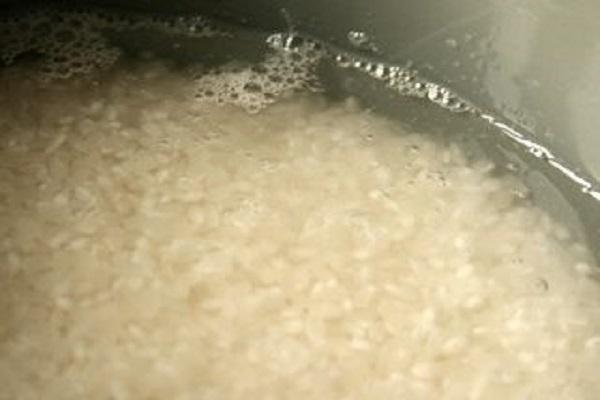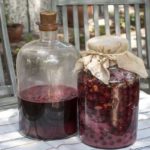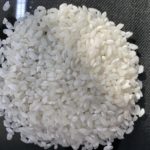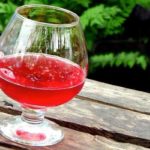Sweet rice wine is made from fermented rice. This drink has an unusual taste. To add sweetness, a little sugar is added during the wine making process. True, traditional sake is made only from rice, molds (koji) and water. This drink resembles beer in taste and production technology. The strength of sake is more like wine.
Features of making rice wine
Sake is a low-alcohol drink (7-20 degrees). It is made in many Asian countries. Each nation has its own recipe for cooking, but the main ingredients are always rice, water and mold.
Many people call sake vodka, but it is not. The drink is not made by distillation or distillation. Sake cannot be called wine, because not yeast, but mold fungi are used for fermentation. And these microorganisms work not with sugar, but with starch.
Rice wine is a special type of fermented drink in which the koji fungus plays a major role. Wine yeast is not suitable for making sake, as it cannot process starch. If you add sugar, you get not sake, but rice mash.
To prepare sake, take large, sticky and sweet rice, which must be polished. First, the rice grains are steamed until fully cooked. The next step in sake preparation is fermentation. In order for the rice to ferment, a special mold culture is added - the koji fungus. To activate the fermentation process, add a little sugar.
Rice infested with the fungus is kept at room temperature for about 30 days. After fermentation is complete, the mixture is filtered. The rice itself is pressed to remove the sediment. Sake is pasteurized to stop the activity of fungi, aged for several months in hermetically sealed containers, then bottled.
Types of drink
Sake is the Japanese name for rice wine. True, in Japan itself this word is used to describe any alcohol.
Japanese
Sake is a Japanese wine made from rice through fermentation. The drink may be cloudy if white squeezed sediment is added to the filtered liquid.Drink it warm. Sake has a sweetish taste and contains up to 50 percent sugar. It contains only 14 degrees of alcohol.
Chinese
Huangjiu is a Chinese wine. There are several ways to produce it. Rice drink is made from hot or chilled rice with the addition of fungus. There is a bait technology where new portions of rice grains are added each time during the fermentation process.
There is a method of making wine in which alcohol is added at a certain stage to stop the fermentation process. The finished wine is filtered, pasteurized and aged for several months or years. Different manufacturing technologies make it possible to obtain different drinks.
To improve the taste, plant extracts can be added to the wine. The strength of the Chinese rice drink is 12-20 degrees.
Korean
There are several varieties of rice drinks in Korea. Yakju is a Korean rice wine that is distinguished by its purity. This drink is neutral in taste and smell. Rice wine can be made from several types of rice, even black varieties. Makgeolli, on the other hand, has a cloudy milky color and a sweet taste. Made from cooked rice and water through fermentation.
Thai
Sato is a wine made from Thai rice. This drink resembles beer. To make it, glutinous rice, water, sugar, and yeast are used. Sato is used for culinary purposes or drunk from a thin bamboo straw.
How to make rice wine at home
You can make rice wine at home yourself. There are several simple recipes for making sake.
Classic recipe
Compound:
- 1 kg rice;
- 3 liters of water;
- 10 g koji yeast.
Simple cooking method:
- the rice is washed and soaked for 12 hours;
- the soaked grains are boiled until tender and cooled;
- transfer the rice grains into a glass jar, fill with water;
- add fungi;
- the jar is closed with a water seal and taken to a warm place for fermentation;
- after 30 days the drink is filtered;
- the grains are squeezed dry through cheesecloth;
- both liquids can be combined and taken to a cool place for clarification;
- the finished wine is bottled;
- bottles are pasteurized for 20-30 minutes;
- cooled bottles are taken to the cellar and left for 2-3 months to improve the taste.
Quick option
Compound:
- 1 kg of rice grains;
- 10 g koji;
- 3 liters of water;
- 200 g sugar.
How to cook:
- rice is boiled and cooled;
- fill with water;
- add sugar and fungi;
- leave for 20 days for fermentation;
- filtered, bottled and pasteurized.
With citrus aroma
Recipe:
- 1 kg rice;
- 3 liters of water;
- 10 g koji;
- 100 ml lime juice;
- 250 g sugar.
With spices
Recipe:
- 1 kg of rice grains;
- 3 liters of liquid;
- 205 g sugar;
- 10 g koji;
- 10 g ground cinnamon, nutmeg, ginger.
With apple jam
Compound:
- 1 kg rice;
- half a liter of jam;
- 10 g wine yeast;
- 3 liters of water.
How to cook:
- cook the rice and cool;
- pour into a 3-liter jar;
- add jam;
- to fill with water;
- add yeast;
- leave for a month in a warm place for fermentation;
- filter the liquid and bottle it.
With currant jam
Ingredients:
- 1 kg of rice grains;
- half a liter jar of jam;
- 3 liters of water;
- 10 g wine yeast.
Bread machine recipe
To prepare rice, you can use an ordinary bread maker. Rice grains are steamed well in it and do not burn. In this electrical appliance, rice is cooked for about one hour. Then the pulp is cooled, transferred to a jar and the wine is prepared according to the classic recipe.
Terms and conditions of storage
Typically, rice wine is left in a jar to ferment for a month. After filtering, it is advisable to taste the sake. If its strength is too low, you can add a little sugar and leave it for another 2 weeks to ferment. The fully fermented drink is filtered again and then bottled.
Pasteurization must be carried out before storage.
Half-liter bottles are pasteurized at a temperature of 60 degrees for 20 minutes, liter bottles for 30 minutes. Pasteurization can be carried out in an ordinary saucepan. The cooled bottles are tightly capped and taken to the cellar for storage. They should stay in the basement for at least 3-6 months. This period is needed to fully prepare sake.
Drink rice wine cold or heated to 15-30 degrees Celsius. The shelf life of sake is 3 years.

